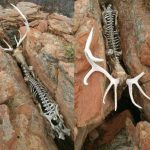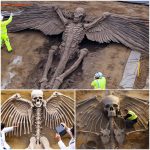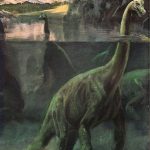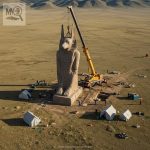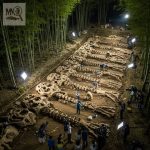Global Impact: A Child’s Discovery of Ancient Dinosaur Eggs
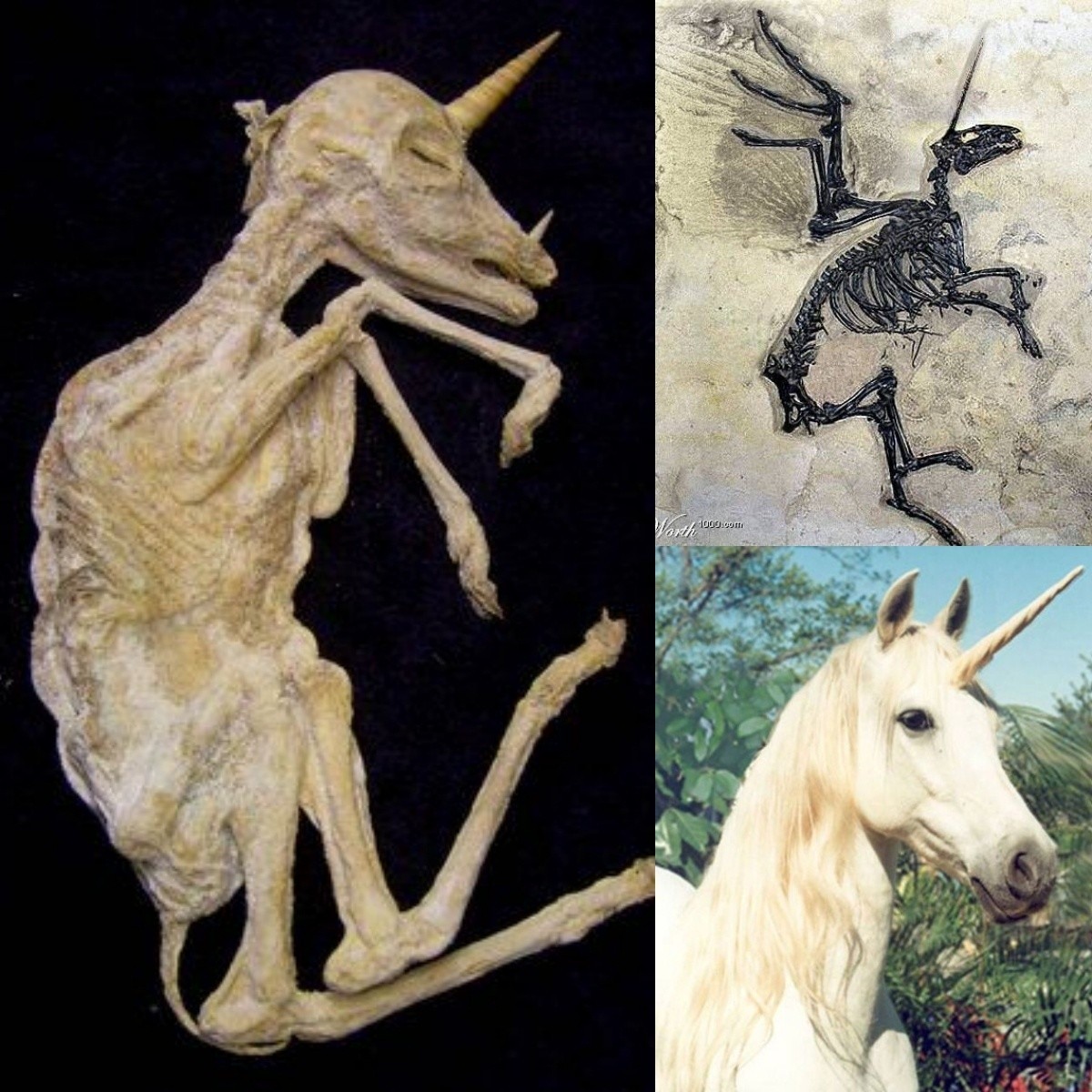
Sometimes history is uncovered not by seasoned scientists but by chance—through the eyes of a child. In rural China, what began as a playful adventure turned into a breathtaking archaeological revelation when a young boy stumbled upon fossilized dinosaur eggs, astonishingly preserved for 66 million years. This remarkable find has captured global attention, offering rare insight into the twilight of the dinosaurs’ reign and reminding us that the Earth’s deepest secrets often surface when least expected.
An Ordinary Day, An Extraordinary Discovery

The story began when the boy, while exploring his surroundings, noticed unusual round stones embedded in the soil. Curious, he brought them to the attention of local authorities, who quickly realized that these were not ordinary rocks but fossilized dinosaur eggs from the Late Cretaceous period. The preservation of the cluster was exceptional, with several eggs still intact, providing a priceless opportunity for scientists to study prehistoric life.
This chance encounter emphasizes how extraordinary discoveries often lie hidden in plain sight. Without the boy’s curiosity, the eggs might have remained buried for centuries longer, waiting for another unlikely moment of revelation.
A Window Into Prehistoric Life
Fossilized eggs offer far more than aesthetic fascination—they are vital to understanding the biology and behavior of dinosaurs. The structure, arrangement, and even microscopic details of these eggshells allow paleontologists to reconstruct aspects of dinosaur reproduction, nesting habits, and embryonic development.
The eggs discovered in China provide evidence from the final chapter of the dinosaurs’ existence, just before their extinction 66 million years ago. Each fossil holds clues about how these magnificent creatures adapted to their environment, how they nurtured their young, and ultimately, how they vanished from the Earth.

Scientific and Cultural Significance
China has long been a hotspot for dinosaur discoveries, particularly in provinces such as Henan and Guangdong, where numerous fossilized nests have been unearthed. Yet each new find contributes fresh data to the global puzzle of dinosaur evolution. This particular discovery stands out not only for its scientific value but also for the story of how it was found—by a child whose curiosity bridged the gap between the modern world and deep prehistory.
The eggs have since been transferred to specialists for preservation and study, ensuring that they will continue to provide insights for generations to come. For the local community, the find also brings cultural pride, reinforcing the idea that even the smallest voices can make the largest impact on science.
Conclusion
The discovery of 66-million-year-old dinosaur eggs by a child in rural China is a story that blends chance, curiosity, and science. It highlights how fragile relics of the past can suddenly emerge to rewrite our understanding of evolution and extinction. More than just fossils, these eggs are echoes of a vanished world, offering a glimpse into life at the edge of the dinosaurs’ reign. This tale reminds us that Earth still holds countless secrets, waiting patiently beneath the soil for the right moment—and perhaps the right pair of curious eyes—to bring them back to light.



